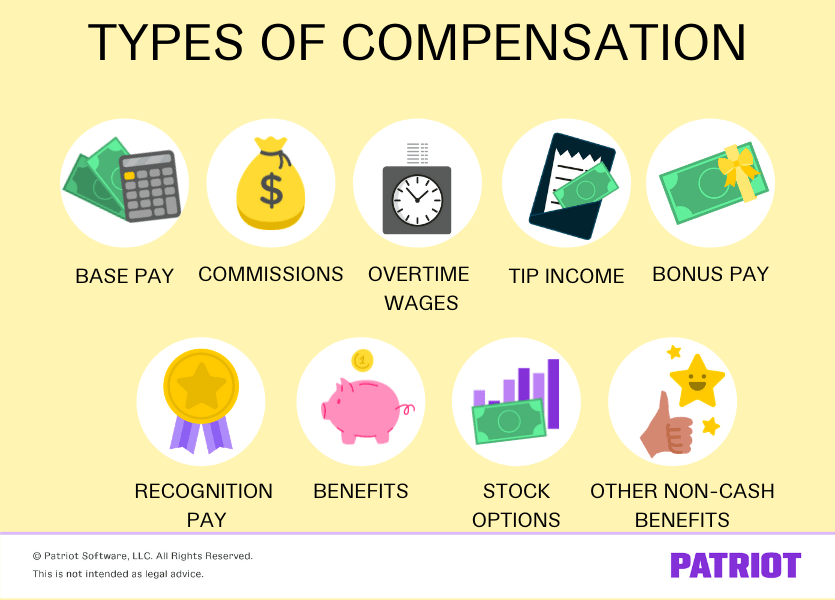

It is your share of the medical costs which get paid after you have paid the deductible for your plan.Īn example of paying coinsurance and your deductible would be if you have $1,000 in medical expenses and the deductible is $100 with 30 percent coinsurance. A percentage of the amount an insurance company will allow a healthcare provider to charge for service gets determined when calculating the amount of a person's coinsurance. Examples of health care costs that may count toward your deductible may include the following:Īre Coinsurance and Copay the Same Thing?Ĭopay and coinsurance are similar, but coinsurance is a percentage of costs, as opposed to a fixed dollar amount. In a majority of circumstances, neither premiums nor copays count toward your deductible. After the deductible has been met, your insurance will cover the expenses. Usually, preventative checkup services will just require that you make a co-payment. These services do not include routine care.

Hospitalizations, blood tests, or surgical procedures may be services you pay for annually as part of your health insurance deductible. However, if you do this and then get sick, your medical bills in a year will be high. If you are mostly healthy, then it may be a good idea to increase your deductible as an easy way to lower your monthly payments or premiums. You may consider looking for plans that will pay for some services before you must pay your deductible. Although, initially, you will have to pay a significant amount up front if you were to need care. Typically, a health insurance plan with a high deductible will require you to pay fairly inexpensive payments monthly.

At that point, you begin sharing some future costs with the insurance company through copays and coinsurance. For example, if your insurance deductible is $1,500, you will be responsible for paying all of the pharmacy and medical bills until the amount you pay has reached $1,500. The amount you pay for medical services before your health insurance starts paying is known as a deductible. If you understand how each of them works, it will help you determine how much and when you must pay for care. Deductibles, coinsurance, and copays are all examples of cost sharing. Send us feedback about these examples.Copay After Deductible: Everything You Need to KnowĪ copay after deductible is a flat fee you pay for medical service as part of a cost-sharing relationship in which you and your health insurance provider must pay for your medical expenses. These examples are programmatically compiled from various online sources to illustrate current usage of the word 'co-payment.' Any opinions expressed in the examples do not represent those of Merriam-Webster or its editors. Byrichard Eisenberg, Fortune Well, 4 July 2023 See More Jenny Gold, Los Angeles Times, 7 July 2023 Medigap plans can cover some cataract surgery costs that Original Medicare doesn’t-like co-payments, co-insurance and deductibles. Aimee Picchi, CBS News, 10 July 2023 Some families were previously paying up to 10% of their income in co-payments toward the state’s child-care subsidies. Time, 11 July 2023 Medicare on Thursday noted that enrollees in its Original Medicare will have to pay a co-payment of 20% of the cost of the drug, after meeting their deductible. Liz Seegert, Fortune Well, 11 July 2023 The Administration believes that capping childcare co-payments at 7% of income would allow nearly 80,000 families to lower their childcare bills. Jacqui Germain, New York Times, 22 July 2023 People with Medicaid usually don’t pay out of pocket for covered medical care, but may have a small co-payment for some services, according to the U.S. Dorn had been relying on her credit card to cover expenses like an unexpected emergency-room visit, veterinary bills, health care co-payments and new car tires. 2023 The policy proposal would also give Ohio Job and Family Services the flexibility to waive co-payments for families that include a child with a disability and those with monthly income at or below 150% of the federal poverty level ($2,879 for a family of three), according to the report. Liz Weston, San Diego Union-Tribune, 27 Aug. Recent Examples on the Web Your Medicare supplement plan - also known as a Medigap plan - is designed to cover some or all of the costs not paid by traditional Medicare, including co-payments, co-insurance and deductibles.


 0 kommentar(er)
0 kommentar(er)
